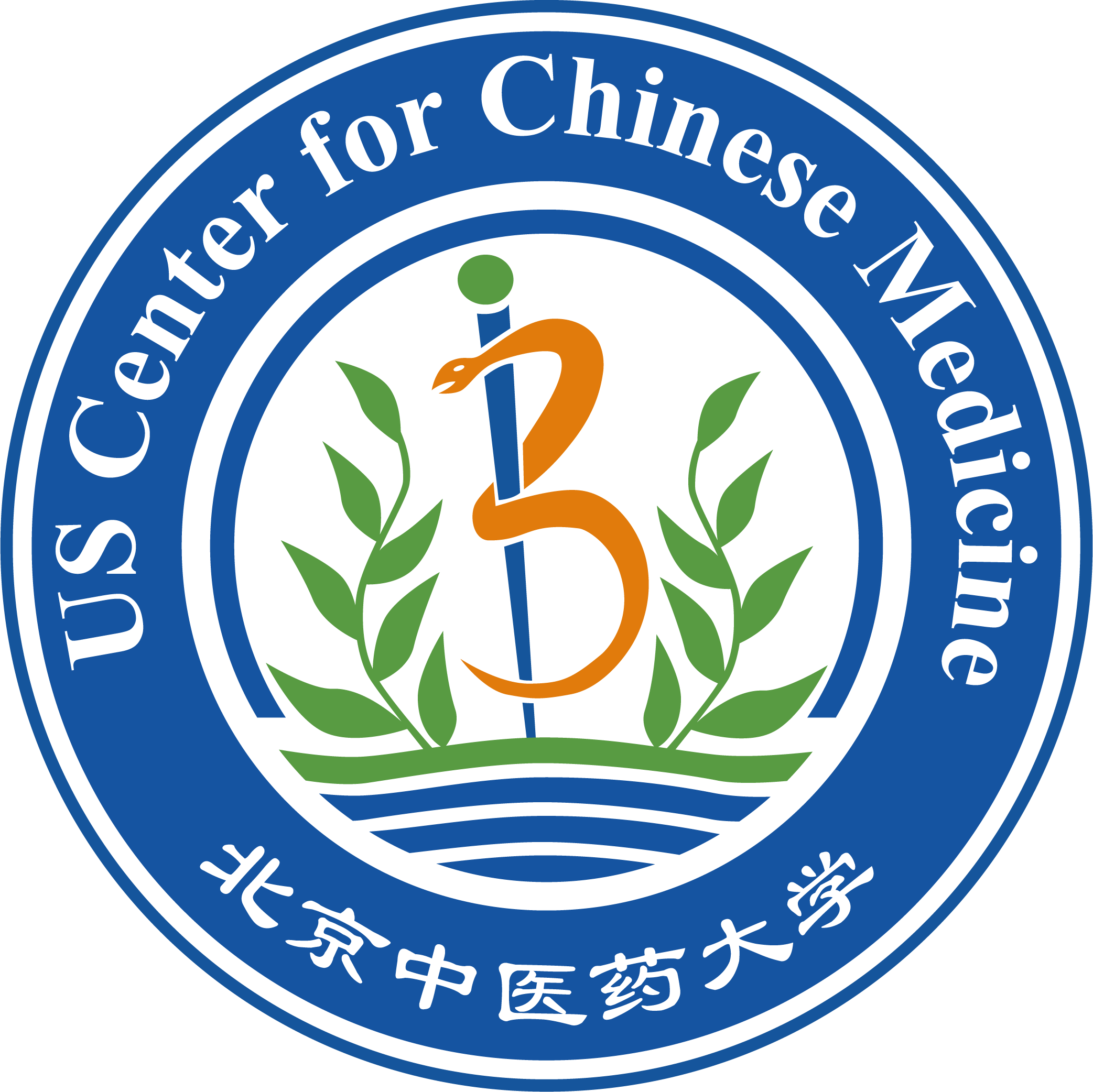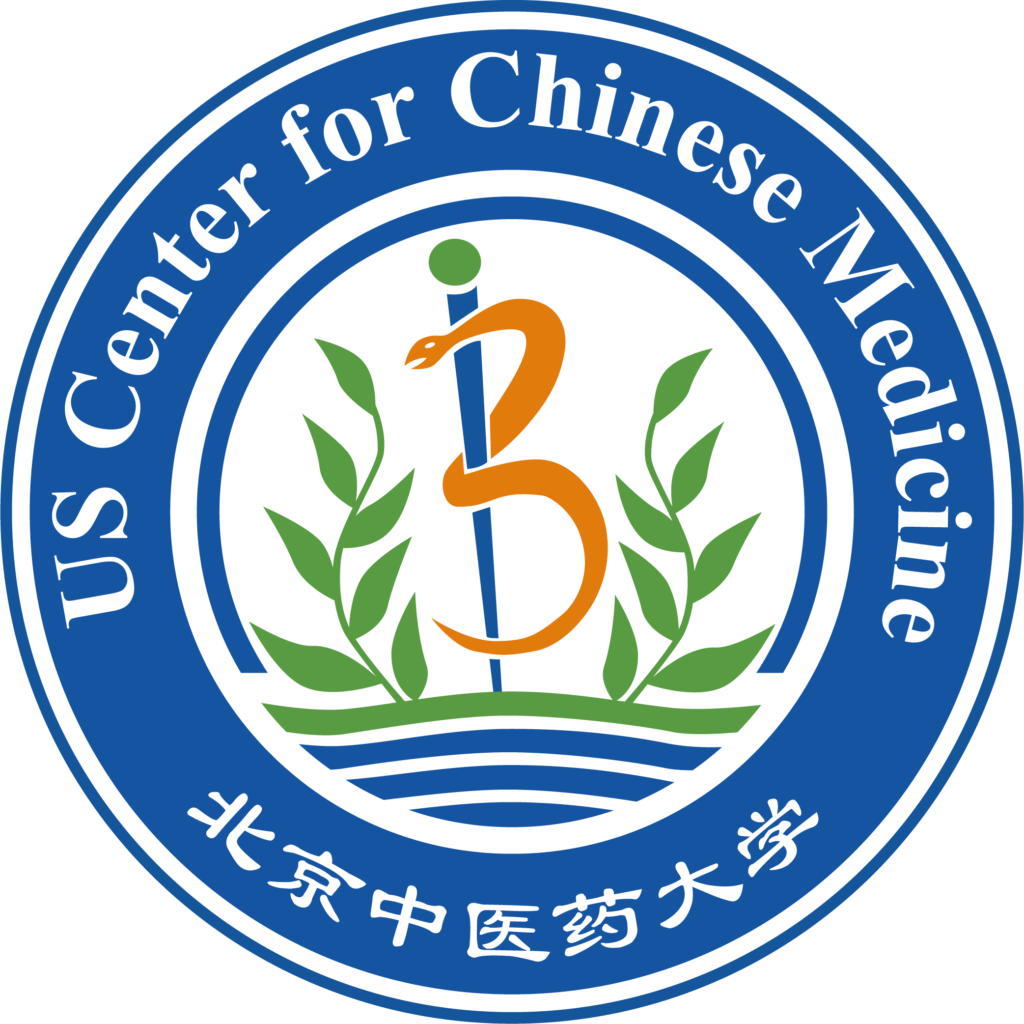1. Background:
The complexity of Traditional Chinese Medicine (TCM) and its practice has been widely known in the modern age. Chinese literature has implied the connection between food and therapy. TCM suggests that food has both nutritional and functional applications. Ancient practitioners assume each food has unique effects on maintaining harmony with the body. Integrating nutrition and the human body contributes to a coherent system that influences long-term wellness. Therefore, Asian practitioners utilize specific foods as natural means to restore power and strengthen functions.
2. Example of Traditional Nourishment:
Hawthorn berries, a traditional and popular ingredient in the Chinese diet, have been considered a nutritional food. They are bright red fruit growing in temperate locations worldwide. The fruit tastes sour and sweet; people believe consuming these nutrient-rich berries might relieve various illnesses like cardiovascular diseases and digestive problems. Asians commonly use dried hawthorn berries to make herbal tea. Additionally, hawthorn berries are produced as a snack for daily intake to stimulate appetite.
3. Principles of Daily Meals:
- Light eating
- A balance between different food concepts (e.g., hot vs. cold)
- Harmony of 5 flavor elements
- Consistency between diet and seasons
- Match food characteristics with health conditions
Resources:
https://pubmed.ncbi.nlm.nih.gov/27852126/
https://pubmed.ncbi.nlm.nih.gov/32884122/
https://en.wikipedia.org/wiki/Crataegus




